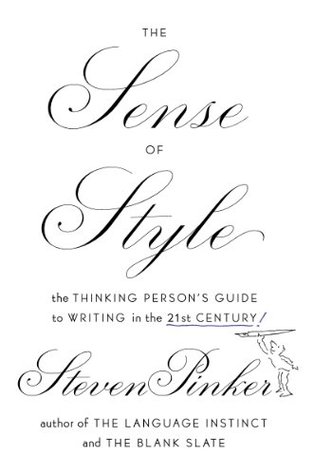More on this book
Community
Kindle Notes & Highlights
Read between
June 21 - June 21, 2021
The first of the comma’s two major functions is to separate parenthetical comments about an event or a state—the
Commas set off a phrase that is not an integral constituent of the sentence, and which as a result is not essential to understanding its meaning.
Strings of modifiers without commas progressively narrow down the referent of a noun, like nested circles in a Venn diagram, whereas strings of modifiers with commas just keep adding interesting facts about it, like overlapping circles.
The main reason is that a comma does not just signal a syntactic break (marking a phrase that is not integrated into a larger phrase)
together with the corresponding semantic break (marking a meaning that is not essential to the meaning of the sentence).
It also signals a prosodic break: a slight pause ...
This highlight has been truncated due to consecutive passage length restrictions.
It is a truth universally acknowledged, that a single man in possession of a good fortune, must be in want of a wife.
A well-regulated militia, being necessary to the security of a free state, the right of the people to keep and bear arms, shall not be infringed.
Sloppy writers also tend to forget that when a supplementary phrase is poked into the middle of a sentence, it needs to be set off with commas at both ends, like matching parentheses, not just at the beginning:
There are several legitimate ways to splice two sentences, depending on the coherence relation that connects them.
I say that unless a house style forbids it, you should use the serial comma.
quotation marks.
The American punctuation rule sticks in the craw of every computer scientist, logician, and linguist, because any ordering of typographical delimiters that fails to reflect the logical nesting of the content makes a shambles of their work.
And for all the vitriol brought out by matters of correct usage, they are the smallest part of good writing.
They pale in importance behind coherence, classic style, and overcoming the curse of knowledge, to say nothing of standards of intellectual conscientiousness.
First, look things up.
Second, be sure your arguments are sound.
Third, don’t confuse an anecdote or a personal experience with the state of the world.
Fourth, beware of false dichotomies.
Though it’s fun to reduce a complex issue to a war between two slogans, two camps, or two schools of thought, it is rarely a path to understanding.
Finally, arguments should be based on reasons, not people.
Psychologists have shown that in any dispute both sides are convinced that they themselves are reasonable and upright and that their opposite numbers are mulish and dishonest.75


